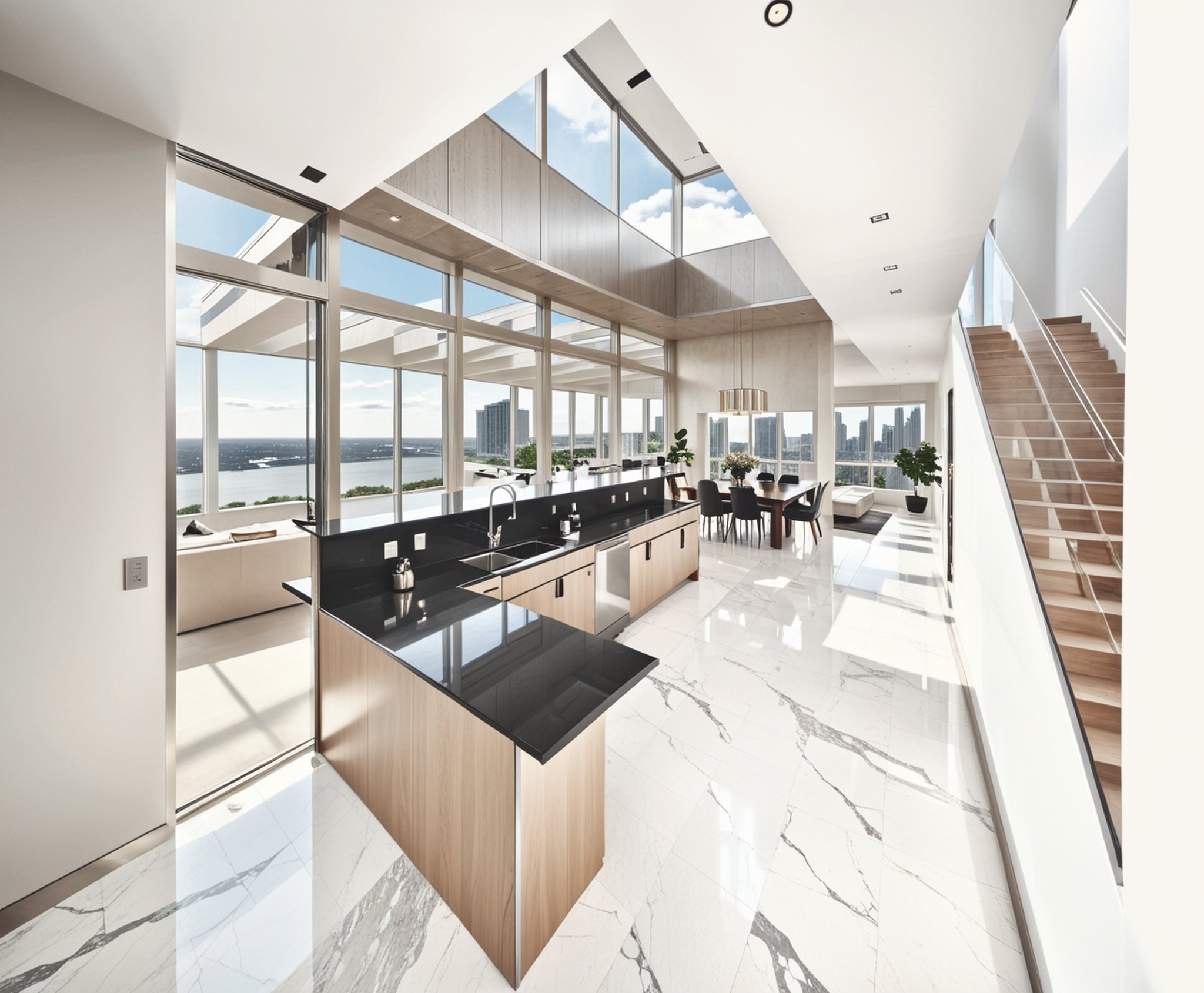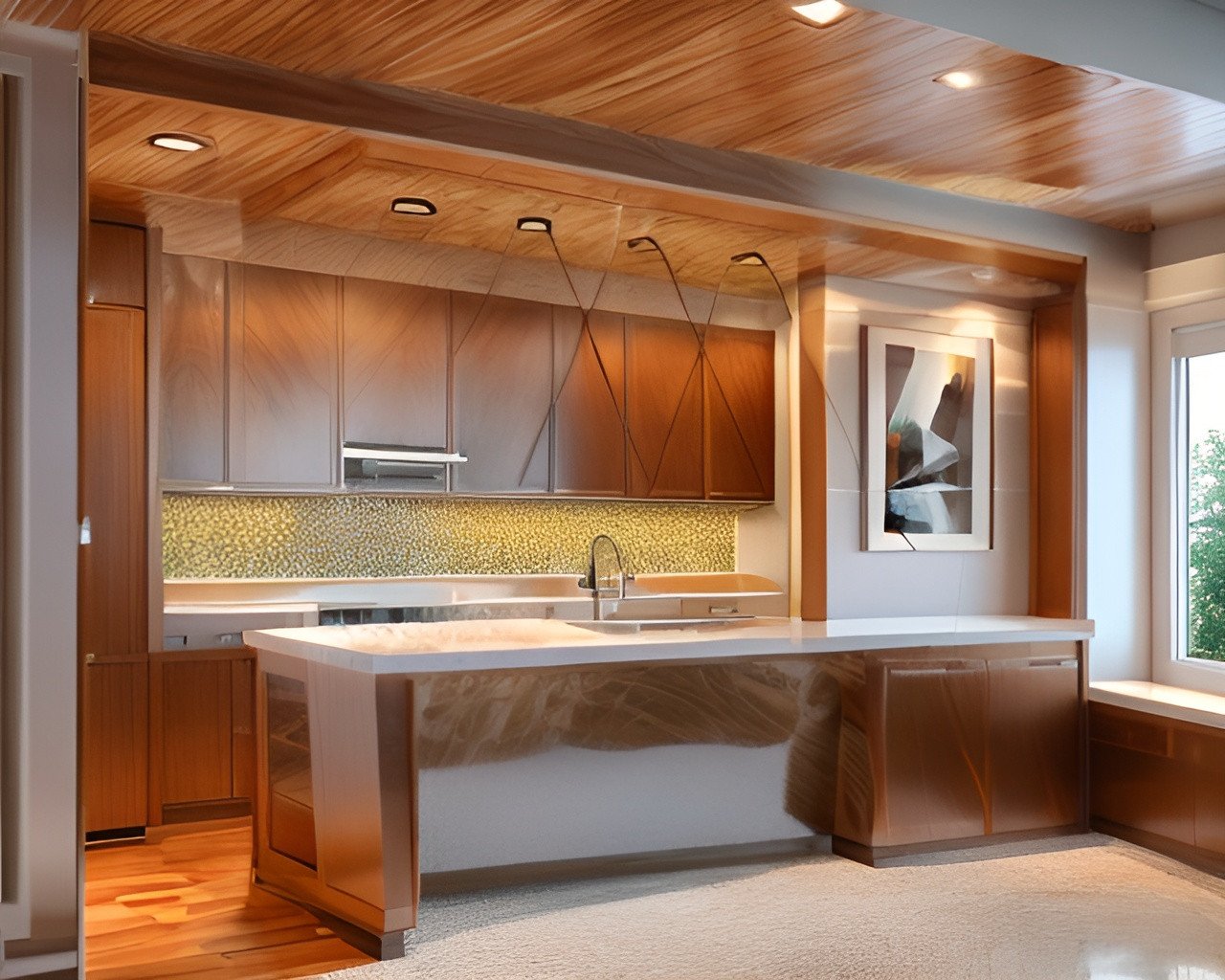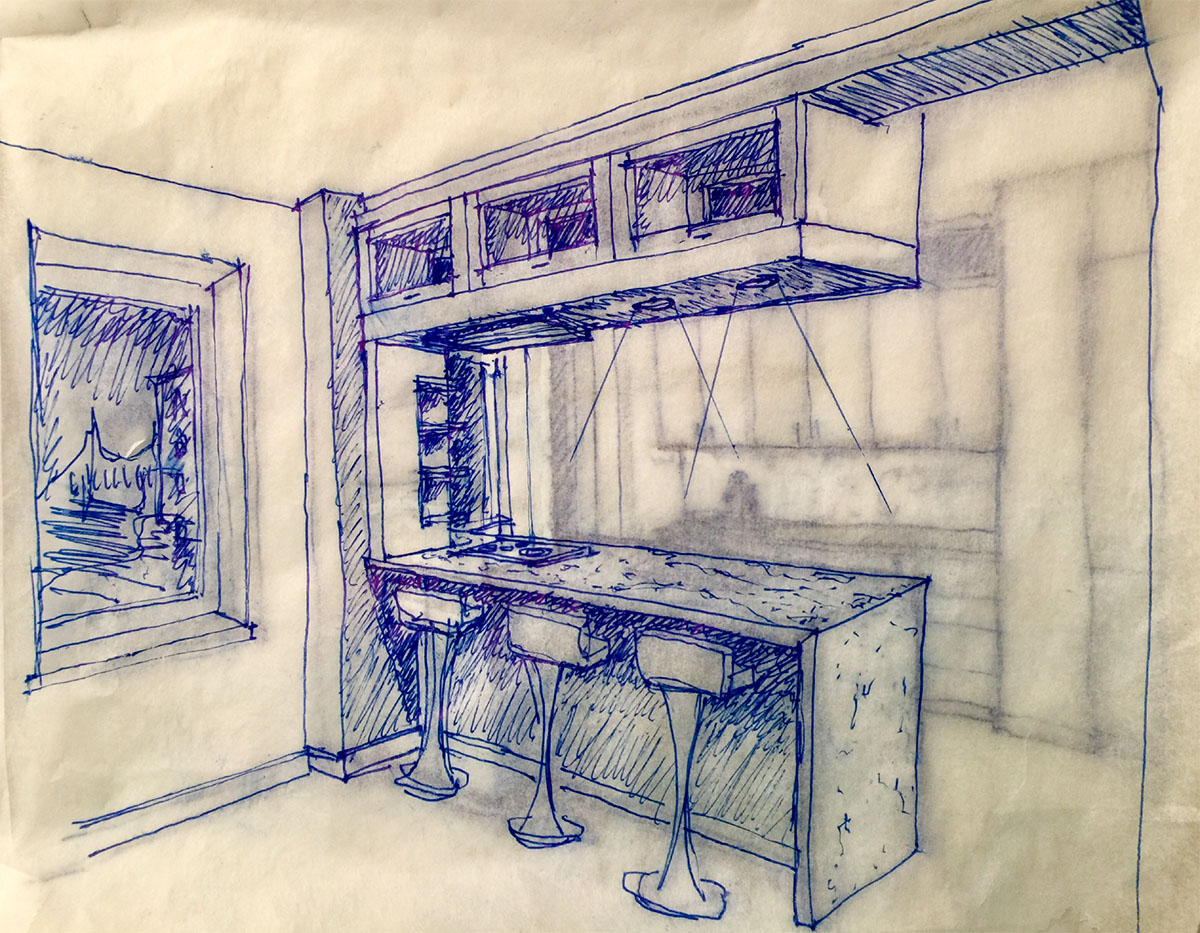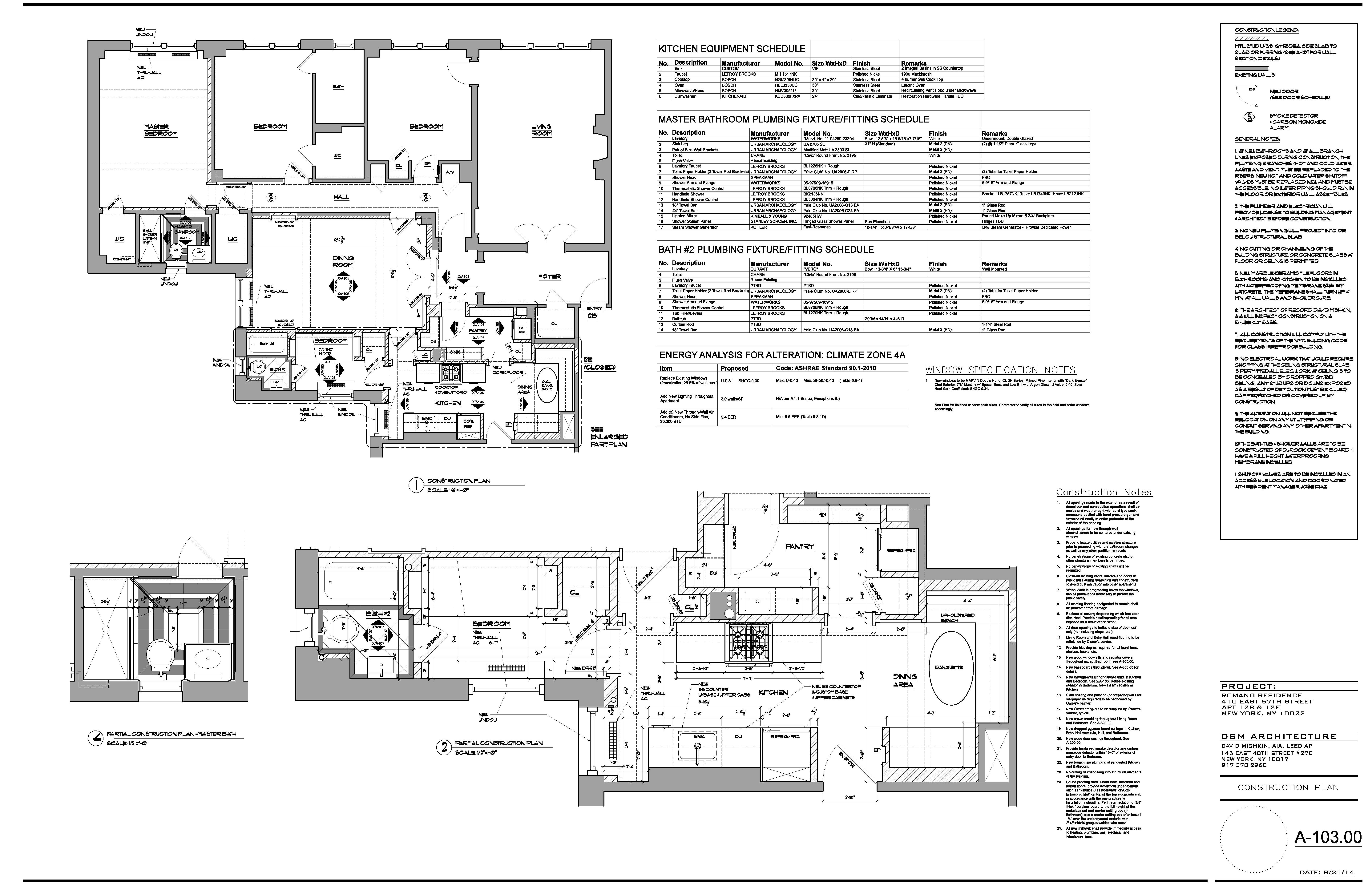NYC Apartment Renovations
The process for the interior fit-out and rehabilitation for NYC apartment renovations involves a number of important steps that an Owner and potential Client should know before embarking on this process. There is what I consider 3 essential stages:
1. Building Management and Board review
2. NYC Department of Buildings submission to obtain Construction Permits
3. Bidding and Construction
1. This process first begins with a submission of drawings to the Building’s in-house reviewing Architect or Engineer. They scrutinize the drawings and often issue multiple comments or requests for more information (RFI) in order to have the proposed construction drawings conform to the buildings rule and regulations. This process can often be time consuming and onerous but necessary in order to make sure the Owner, Shareholder of Tenant provides enough information to the Buildings Co-op or Condo Board so that they are comfortable with the scope of work proposed. Some reviewing Architects/Engineers are more difficult than others and can request numerous RFI that can require the Owners Architect to respond with multiple formal written letters and detailed drawings. This can take many weeks to complete and often many of my Clients who have recently purchased an apartment are surprised and dismayed by the rigors of this process. I try to manage my Clients expectations before signing a contract so they understand the potential for often time consuming back and forth submission between myself and the Building Management. Often new Owners think they can submit their own written scope of work and drawing diagrams that are not prepared by a licensed Architect, which often get rejected and force the new Owners to hire me to navigate this process for them.
2. Once the Building Management is satisfied with the proposed scope of work, most of time, but not always, they will require that the drawings and documents be submitted to the NYC Department of Buildings (DOB) in order to obtain a Building permit. This can also be a time consuming process as there are specific DOB documents and forms that are required with the drawings in order to obtain a permit. The drawings are reviewed by a DOB plan examiner who also issues their own set of objections and RFI that must be answered in order to get plan approval. Often the Architect does not even understand how to deal with the “red tape” and has to hire an “Expeditor” who is familiar with the DOB required documentation and process. Some Architects, like myself provide “expediting” services to obtain building permits. I have gone through the process multiple times and have learned how to deal with the “system” which can be frustrating and very time consuming. In short it can take up to 6 weeks (or longer) to get a DOB permit for construction. I have filed dozens of projects at DOB and only 1 was approved without requiring multiple plan examination reviews (back in 2009). The plan examiners are often very busy and difficult to schedule appointments and the clerical staff are at times impatient and difficult if the DOB paperwork is not properly prepared. My longest approval time for a project was 6 weeks but generally it can be achieved in 3-4 weeks. There is a DOB submission methodology called “professional certification” which allows you to side step the typical plan examination review process and get a permit the same day as drawing submission. However most Co-op or Condo Boards do not allow the Owner to submit to the DOB using this methodology and require the standard plan examination review that tests the owners time, money and patience. I will discuss “professional certification” methodology in a separate post to keep this as brief as possible.
Once the DOB has approved the drawings and is satisfied that all the documents are in order, it is time to get the actual building permit. Expeditors like to refer to it as “pulling the permit”. This means that the Owner has to select a General Contractor (GC) who is registered with the DOB and has specific insurance required by the city in order to practice their trade. An Owner can’t just hire anyone they want, as the GC has to submit additional DOB forms and provide insurance information both to the DOB and to the Owners Building Management.
3. In order to select a GC it is necessary to present to them comprehensive drawings so they can prepare proper pricing estimates for the construction. A mistake that Owners often make is expecting accurate pricing for the construction without drawings at the beginning of this entire process. Some Owners bring in a contractor to give them a “ballpark” figure and usually this is a waste of time as the GC is forced to represent a “high ball” estimate to cover themselves if they underestimated the scope of work once the construction documents are presented and it turns out to be A LOT MORE EXPENSIVE than the Owner ever anticipated. This is the most common pitfall an Owner can make particularly with NYC renovations. There are many factors involved in a bid that can effect its outcome differently than construction in the adjacent suburbs with single family homes and this a subject for another blog. $250 to $300 per square foot is an average price point if you want quality construction and materials. If you have a 2,000 sf gut renovation, it is potentially $600k (and that is before you furnish it or purchase lighting and plumbing fixtures which is generally left out of bids). I have seen work done for $200/sf that is just average and likely to be without craft and quality. Some projects are very “high end” and the Owner is willing to spend $600-$800 per square foot. These are rare and takes and especially dedicated and wealthy individual but make no mistake about it, a NYC renovation is expensive and I can say with confidence that an Owner will not be getting away with $150/sf or less. If they manage to negotiate this type of deal then it is likely that the project cost will escalate as construction is executed or the quality will suffer, and the end result will be substandard.
I hope this has been helpful to any reader of this post and stay tuned for more information regarding this fascinating subject. Thank you




